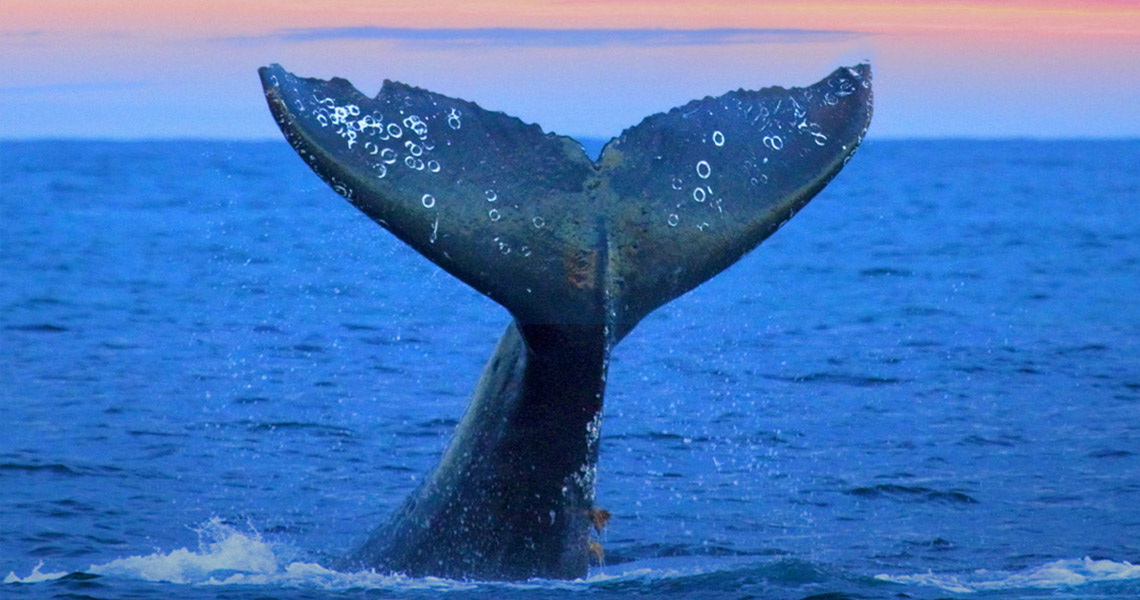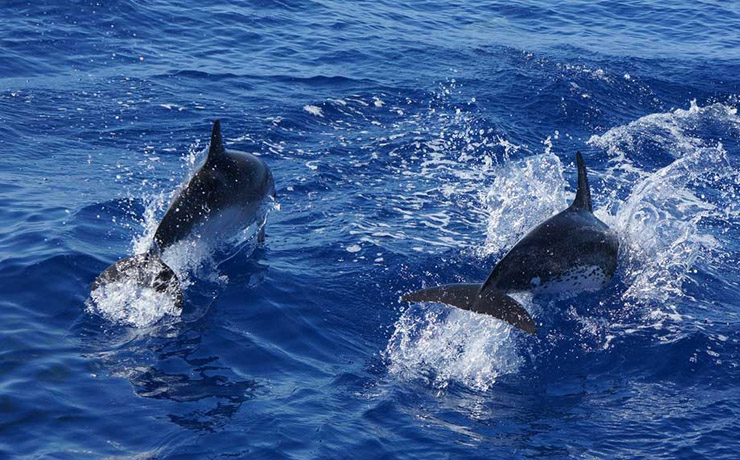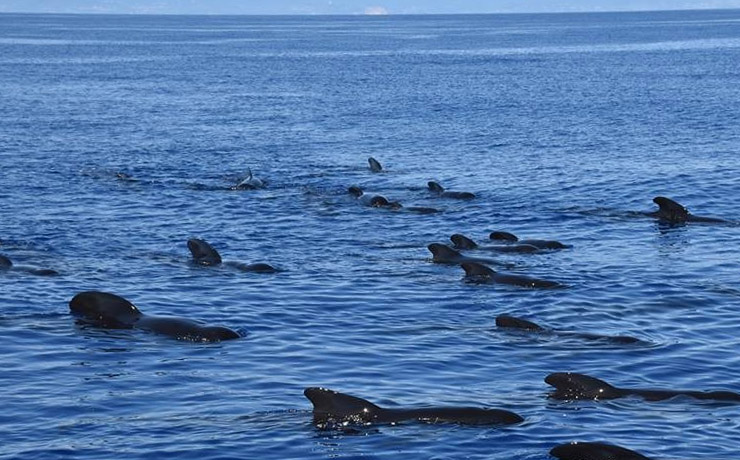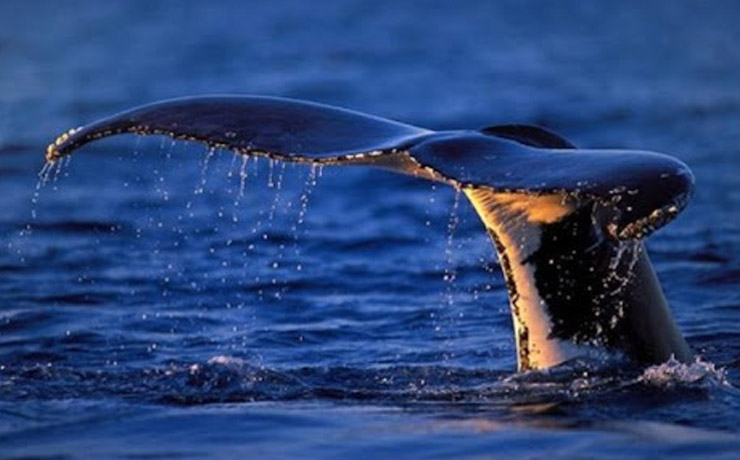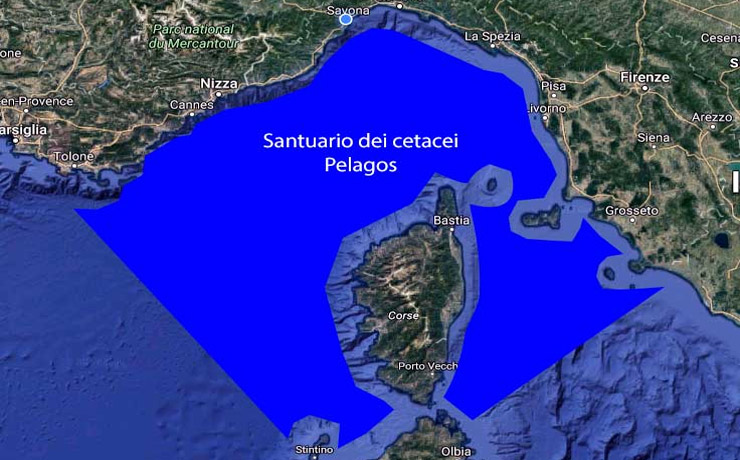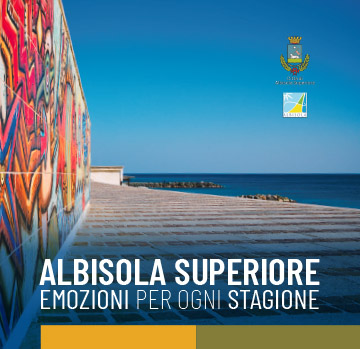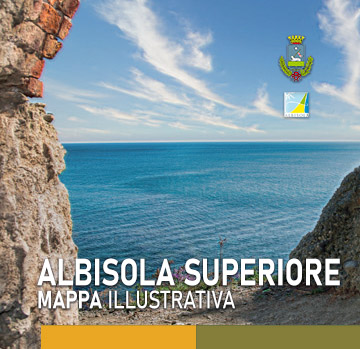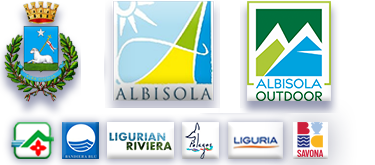The Pelagos Sanctuary is a marine area of 87,500 km2 created by an agreement among Italy, the Principality of Monaco and France to protect the marine mammals that frequent it. The Sanctuary’s originality lies in the fact it constitues an area managed by three countries in a coastal territory, a “large-scale ecosystem” of remarkable scientific, socio-economic, cultural and educational interest.
The idea of creating a Sanctuary in the corsican-ligurian-provencal basin stems from the realization, throughout the 1980s, that the area attracts a relatively large population of sea mammals.
A rough estimate shows the presence of more than 8500 macroscopical species, making up between 4% and 18% of the marine species worldwide. It’s therefore a relevant biodiversity, especially for the amount of predators among sea mammals.
The Pelagos Agreement was signed in Rome by France, Italy and the Principality of Monaco on november 25th 1999 and entered into force on February 21st 2002 with the goal of promoting concerted efforts among the three signatory countries to protect cetaceans and their habitat against all potential causes of disturbance. In the marine area between Corsica, Liguria and France there are eight species of resident cetaceans: sperm whale, minke whale, zyphus, pilot whale, grampus, bottlenose dolphin, striped dolphin, and common dolphin, as well as at least four occasional species.



